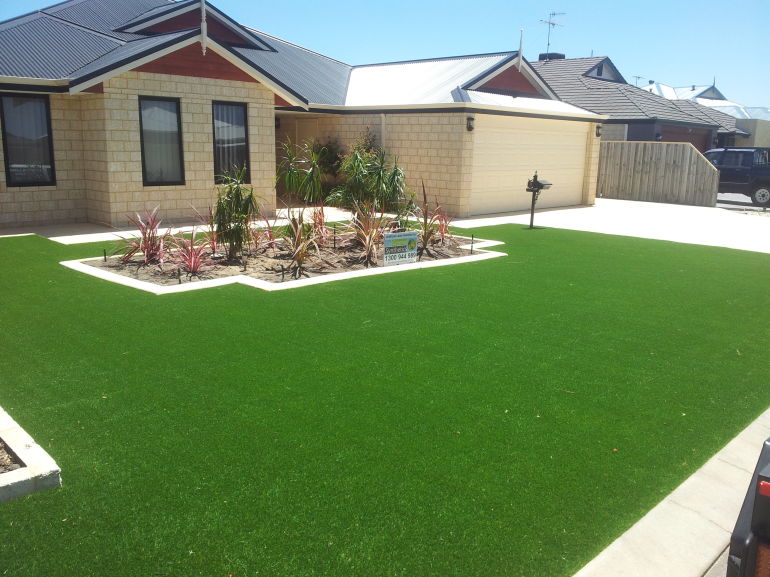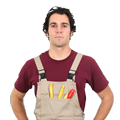Want The Goss On Grasses?
A lawn can make or break a backyard - so it’s rather curious that homeowners shy away from lawn maintenance. It’s one of those chores which seems menial and uninspiring, when a rough trim with the mower is “good ‘nuf!” But when was the last time you thought seriously about the kind of grasses on your property? Selecting varieties which suit your home and climate is the first step to a top-notch backyard so here’s a quick guide to the benefits and drawbacks of the most common species.
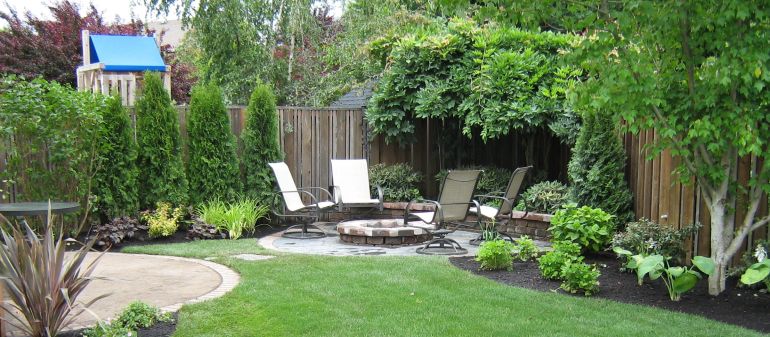
What are the most important factors to look for when shopping around for lawn?
Ideally, most customers want something good-looking and low-maintenance, as well as suitable to the weather and environment around their home. One pressing concern for residents in South Australia, for instance, is the question of drought-resistance. You also probably want a lawn which won’t wear too much under sprinklers, children’s feet, sports games and the many other summertime activities that make lawns such a staple of the Australian leisure landscape. Other issues include: what quality of soil the grass requires, its level of salt-resistance, whether its texture is coarse or soft and how much sunlight it requires to thrive.
Popular grass varieties
The most generic international classification of grass varieties is the warm season/cool season dichotomy. Cool season grasses grow as single stem plants, tend to be dense and grow best between 10 and 25 degrees, especially in spring and autumn. Warm season grasses can only grow in temperatures above 10 degrees, preferring a 25 - 35 range. Although highly adapted to scorching hot summer temperatures, these varieties often lose their colour in winter and die easily when the climate cools off. Most Australian backyards will have warm season grass, especially those with resistance that comes from both above and below ground runner propagation.
Buffalo Grass
Also known as St. Augustine grass, Buffalo is very popular in Australia thanks to its durability. Originally from North America, this variety grows especially well in tropical climates. The improving quality of Buffalo over the past few decades have meant a significant transformation in its irritating texture - it is now very soft, with wide, flat leaf blades.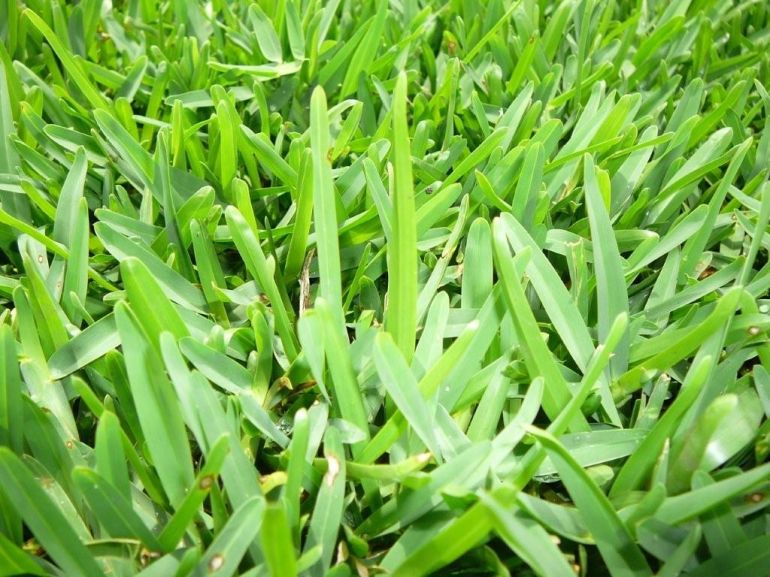
Bermuda Grass
Bermuda (Cynodon dactylon) is slightly more drought-tolerant than Buffalo and its hard-wearing nature mean it is commonly found on sports fields. Grey-green in summer, it turns brown over the winter period and its blades are comparatively short. Its aggressive and proliferative growth often sees it becoming a bit of a weed.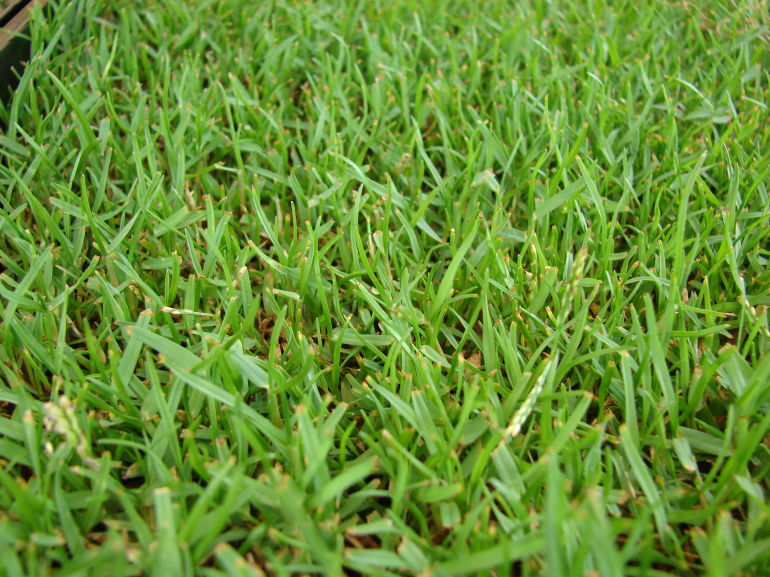
Zoysia Grass
Although it’s failed to take off in Australia, the Asian Zoysia genus has many good properties. It requires minimal maintenance - very low fertiliser, watering and mowing requirements - and is tolerant to salt and heat. Unlike other varieties, it retains its colour all year round. It is also less susceptible to insect or fungal damage than more common varieties, such as Buffalo. It is probably not suitable to the colder regions of Australia and is commonly used on golf courses.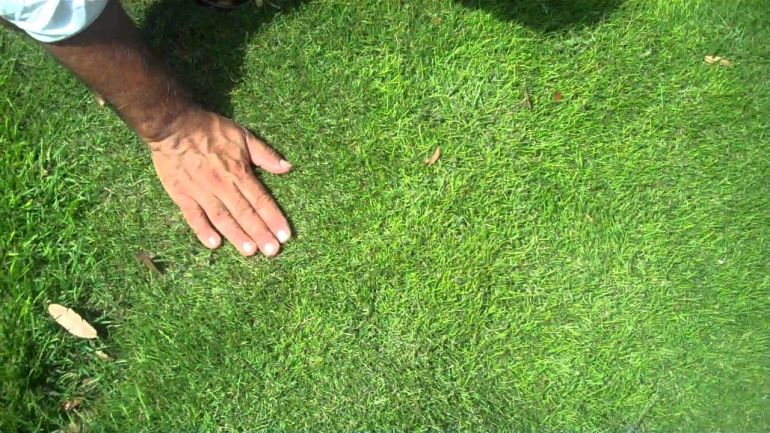
Queensland Blue
Queensland Blue is also heat-resistant. What’s more, it grows fantastically in high humidity, making it a popular home lawn choice along Australia’s eastern coast. With a very similar shape to Zoysia grass (wide, with a tapered tip), Queensland Blue retains its blue-tinged colour for most of the year and requires little care. Unfortunately, it remains fairly intolerant to weed sprays.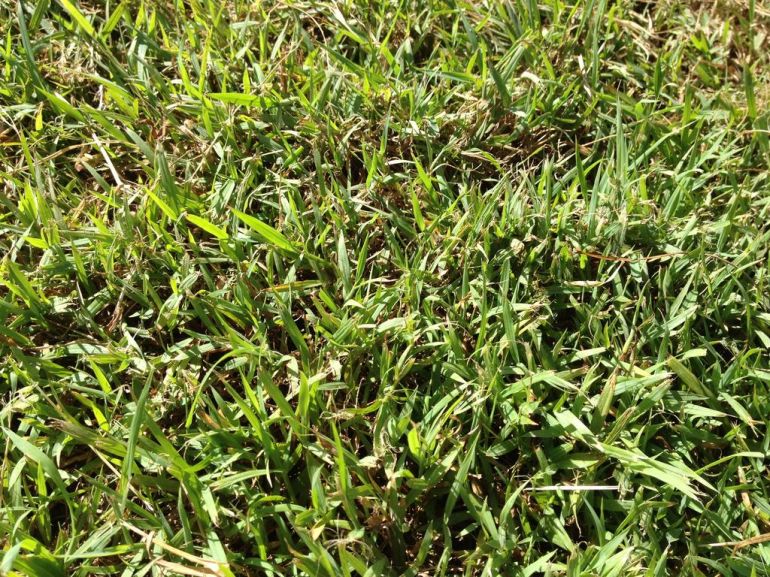
Kikuyu
Named for the most prominent ethnic group in Kenya, Kikuyu is a great option for high-sun areas as it thrives in full sunlight and grows easily in poor soils. With a mid-range width of leaf, and a bright green colour, the grass also flourishes in heat and humidity. It is unsuitable for shaded areas and its high-maintenance, fast-growing nature has seen it become rather a pest in Australia. Certain kind of Kikuyu however remain good choices for large, arid properties, particularly those which are under constant wear, perhaps from animals.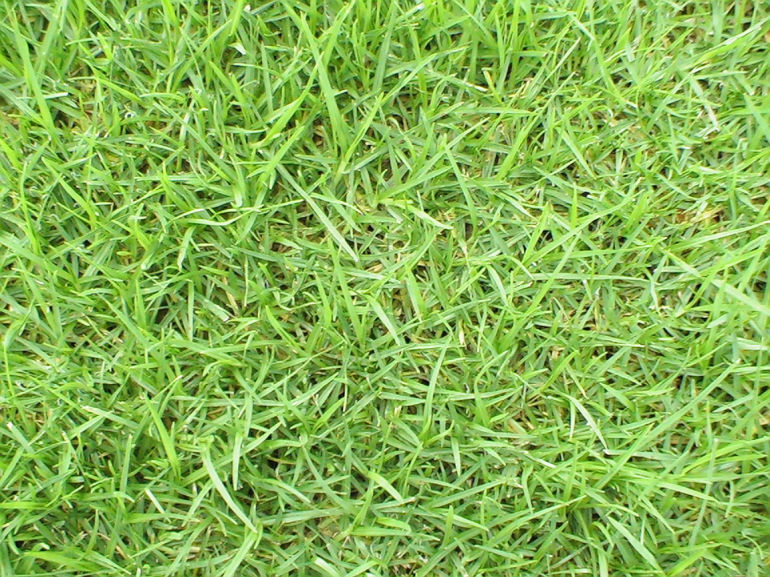
Couch Grass
Elymus repens is the cheapest option for home turf. It grows quickly and easily and will likely spread between properties. Couch requires high levels of sunlight but is not as salt-resistant as other varieties. With regular mowing, its soft quality make it ideal for family activities.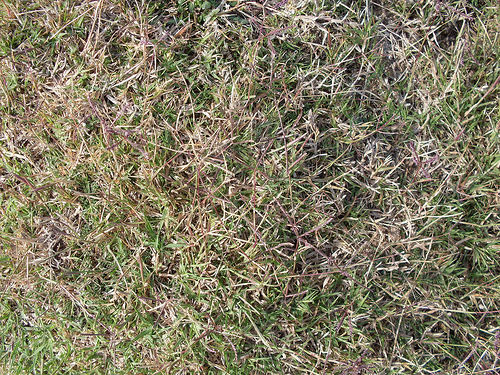
Kentucky Blue
This is a popular choice for Australia’s cooler regions. As a cool season grass, Kentucky Blue is thick and hardy and, like the Queensland Blue, is well-regarded for its cooler colour. In Europe and the milder areas of United States, it grows well in full-sun - here, however, it grows dormant during summer with the low rains. It is often grown in very alkaline soils, which yellows the leaf, and needs to be heavily fertilized with nitrogen and iron.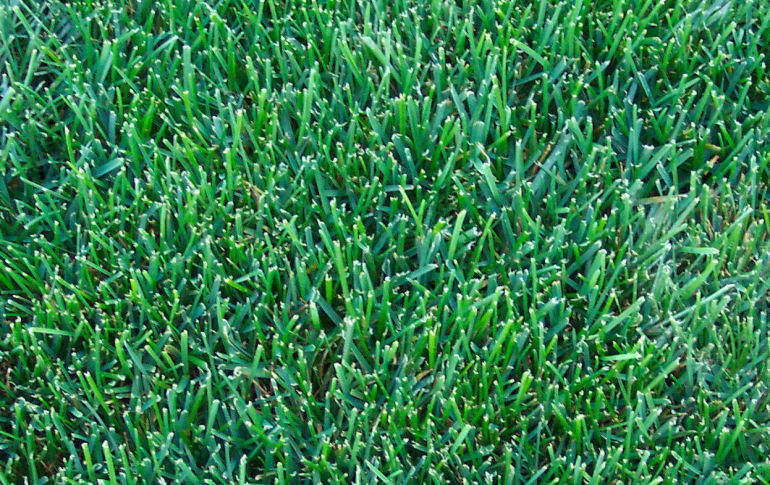
Synthetic Turf
Growing ever more popular thanks to water restrictions, there are many reasons why synthetic grass may actually be the best choice for your property. Although its look is not for everyone, synthetic grass doesn’t attract insects so it’s wonderful for those with allergies. It's more environmentally friendly in the sense the turf requires no water, pesticide or fertilizer and it looks good all year round. Artificial turf represents an upfront cost and then little financial commitment, though may occasionally need a service. Although it “grows” well in dry climates, it will also heat up under high sun exposure.